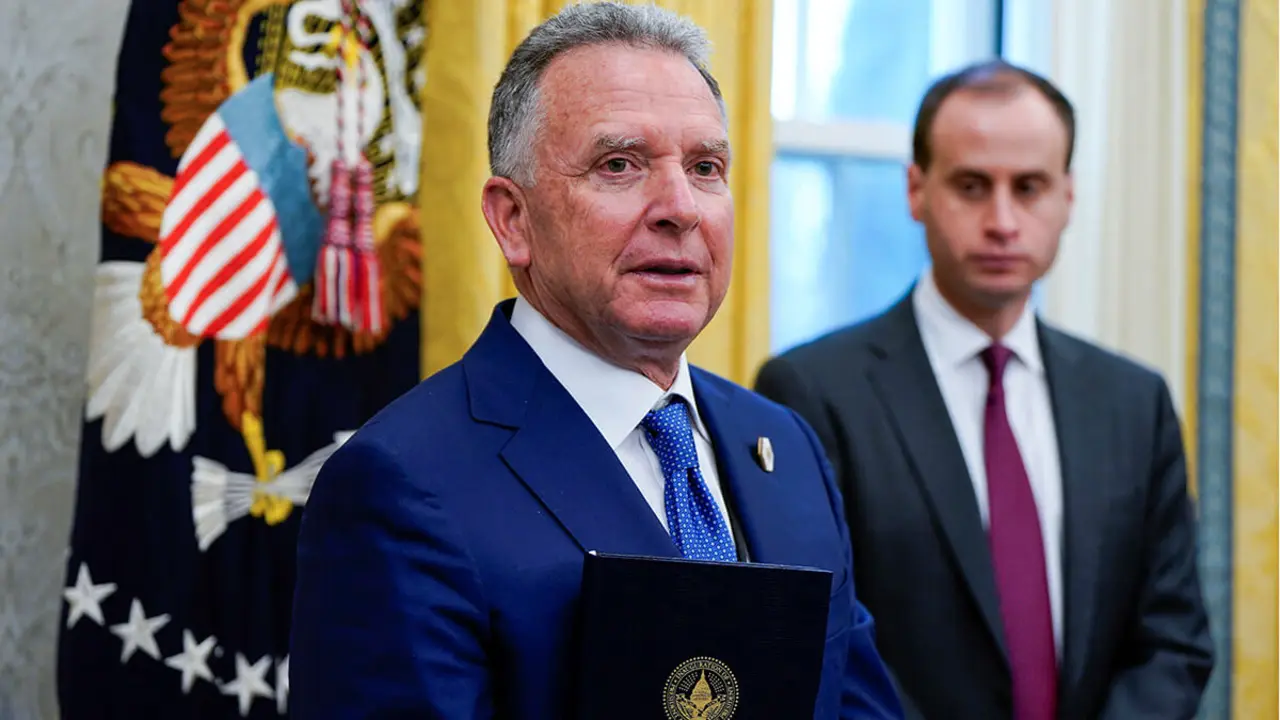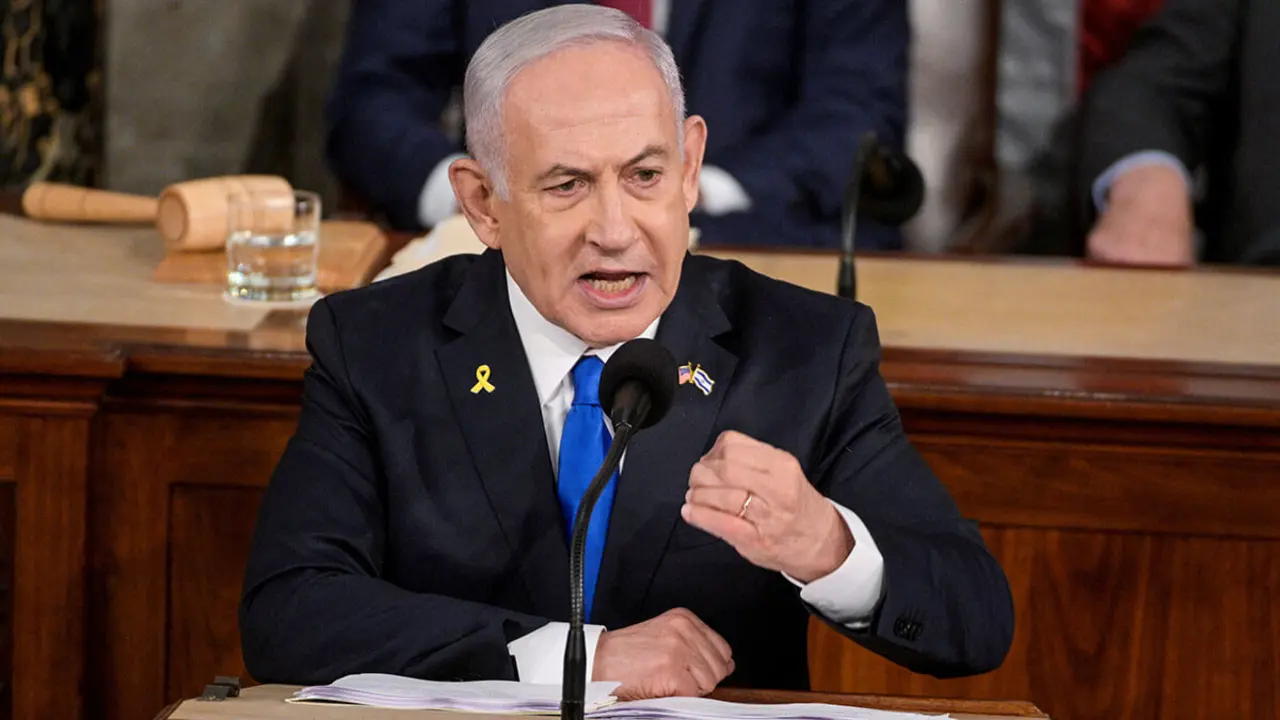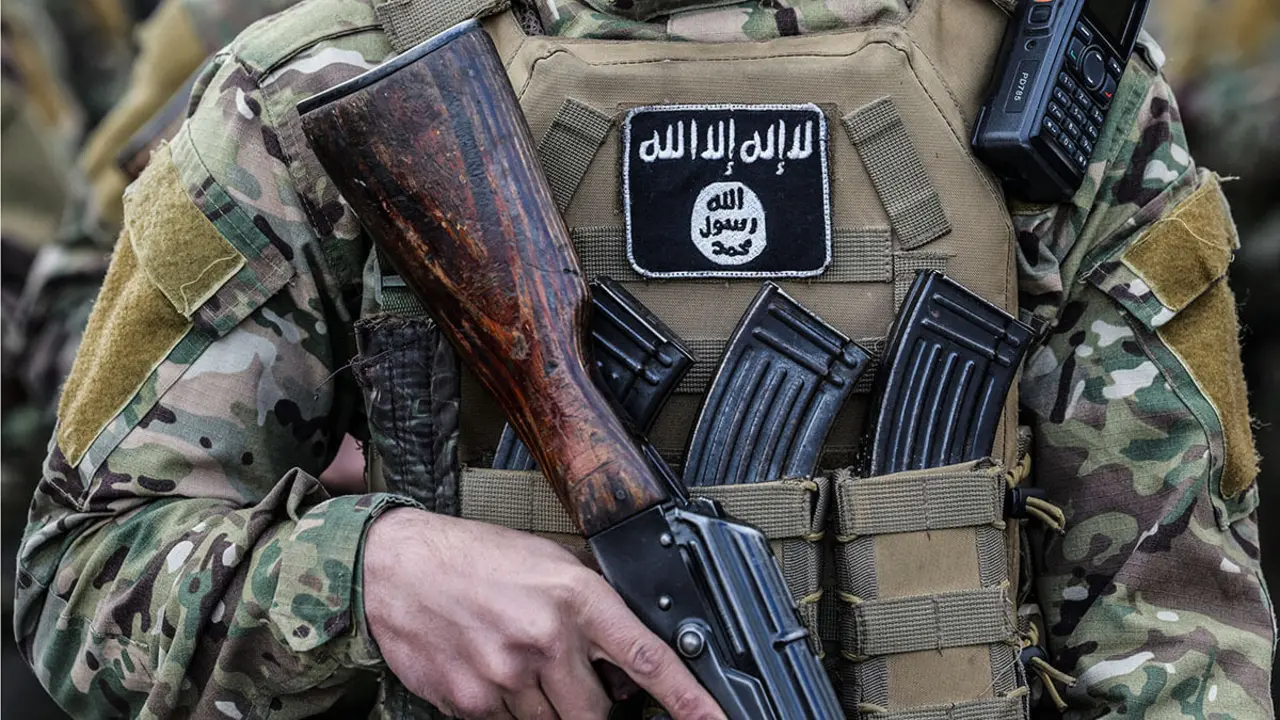More than 500 civilians killed in Afghanistan during the first quarter of 2020
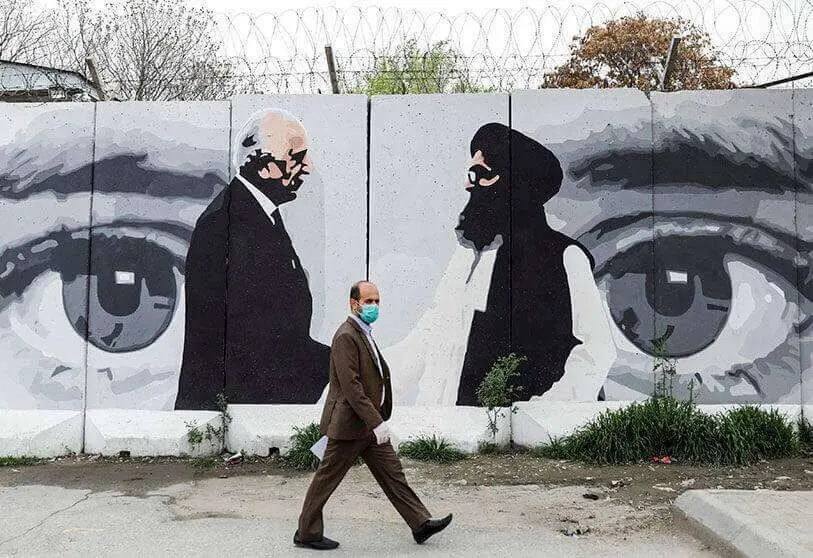
The Afghan conflict left more than 500 civilians dead, including around 100 children, in the first quarter of the year, the UN Mission in Afghanistan (UNAMA) reported this week, demonstrating the persistence of violence despite attempts to reduce fighting between the government and the Taliban.
The UNAMA report documented a total of 1,293 civilian casualties (533 killed and 760 injured) from fighting between January and March. The document shows a disturbing increase in violence in March, a period when the Afghan Government and the Taliban were expected to begin peace negotiations following the signing of the historic agreement on 29 February between the insurgents and the United States, which agreed to withdraw foreign troops within 14 months.
In addition, UNAMA drew attention to the fact that the upsurge in violence in March comes at a time when the country should be prioritising its efforts to protect the population from the impact of the coronavirus pandemic. Although he clarified, the total civilian casualties in the first quarter of 2020 marked a decrease of 29% compared to the same period in 2019, the lowest figure in a first quarter since 2012.
A total of 1,822 civilian casualties (604 deaths and 1,218 injuries) were recorded in the first three months of 2019, according to UNAMA.

Despite the decline, these figures "highlight that the conflict in Afghanistan remains one of the deadliest for civilians, at a time when the potential impact of COVID-19 represents a threat to all in Afghanistan," the mission said.
"I call on all parties to seize the opportunity and listen to the [U.N.] secretary-general's call for a global cease-fire to focus collective efforts on fighting a common enemy, the COVID-19 pandemic," said newly appointed U.N. representative in Afghanistan Deborah Lyons. "It is imperative that the violence be stopped with the establishment of a ceasefire and that peace negotiations begin," she added.
UNAMA said the increase in violence was worrisome because it followed a period of "drawdown" between government forces and the Taliban from February 22-28, a week of decline in advance of an agreement between the United States and the insurgents.
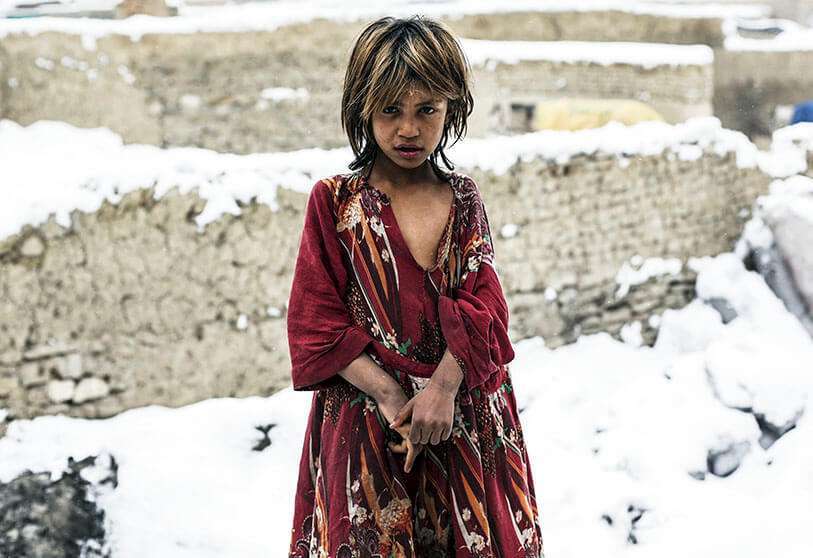
The highest number of casualties, 710 civilians (282 killed and 428 injured), was attributed to anti-government groups in the country, 39% to the Taliban, 13% to the jihadi group Daesh and the rest to unspecified groups. Government forces were responsible for 32 per cent of all civilian casualties during the first quarter, causing 198 deaths and 214 injuries.
The Taliban, however, rejected these figures, claiming that UNAMA is "once again" trying to manipulate the figures by hiding the casualties caused by Afghan forces. According to the Taliban, their operations are monitored by a special commission that prevents reducing civilian casualties to "almost zero".
"The UNAMA report attributed some incidents to fighters from the Islamic Emirate (as the Taliban are called) that were caused by old landmines or personal disputes," spokesman Zabihullah Mujahid said in a statement.
According to the Taliban spokesman, most civilian casualties are caused by blind bombings, artillery attacks on villages and towns, and nighttime raids on homes by the government, data that UNAMA "only vaguely mentioned in the report".
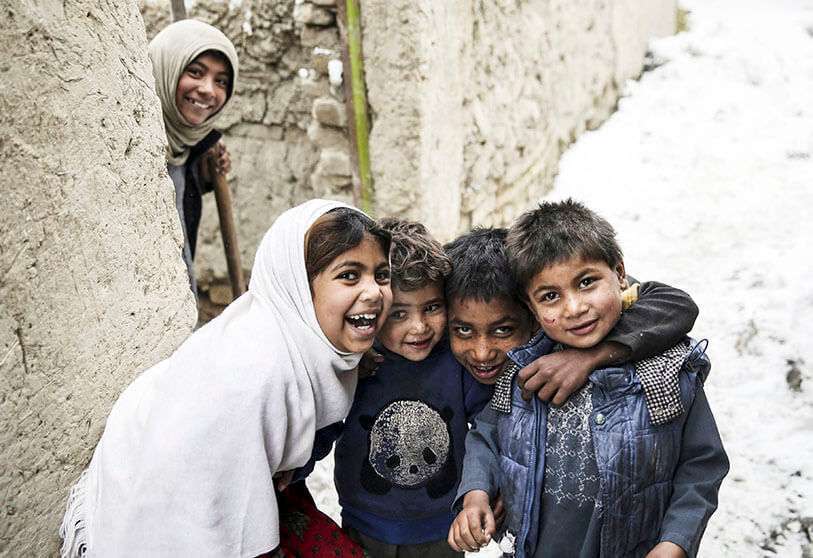
Children and women continue to be the most affected by violence. UNAMA documented 417 child victims (152 killed and 265 injured) and 168 women (60 killed and 108 injured) in the first quarter. The report further reveals that pro-Government forces caused more child casualties than insurgents, mainly due to air strikes and ground fighting.



